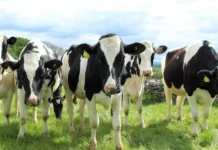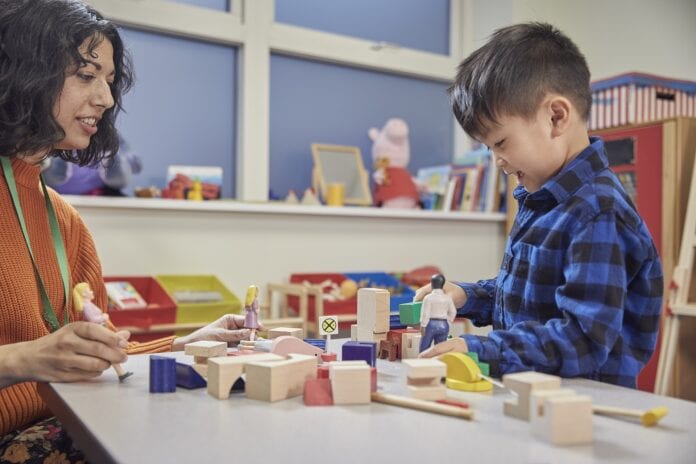- Children as young as four being supported by the NSPCC’s Letting the Future In programme in north Wales
- 10 recorded child sex offences recorded every day by police in Wales in 2019/20
- NSPCC urges Welsh Government for a Child Sexual Abuse Strategy beyond 2021
Across north Wales, children as young as four whose lives may have been turned upside down by sexual abuse are being helped to rebuild their lives with the support of a dedicated team of NSPCC Cymru workers. The children’s charity’s Letting the Future In programme helps children and young people who have been sexually abused come to terms with what has happened to them and support them to move on in a positive way.

In 2019/20 there were more than 3,700 child sex offences recorded by police in Wales – the equivalent of 10 a day, highlighting the need for a Welsh Government Child Sexual Abuse Strategy beyond 2021 and therapeutic support programmes like Letting the Future In.
Every week children’s service practitioners like Emma Roberts work with families across the six northern counties. Since 2013, the Letting the Future In team has supported 229 children, young people and safe carers in north Wales.
“When children come through our door they either want you to fix them or think that because they have lived with this abuse that they are damaged or broken and that there’s nothing that can be done,” says Emma.
“What we do is provide a safe space for children and young people to explore, question and understand the past events of their lives so we can support their emotional and developmental recovery.”
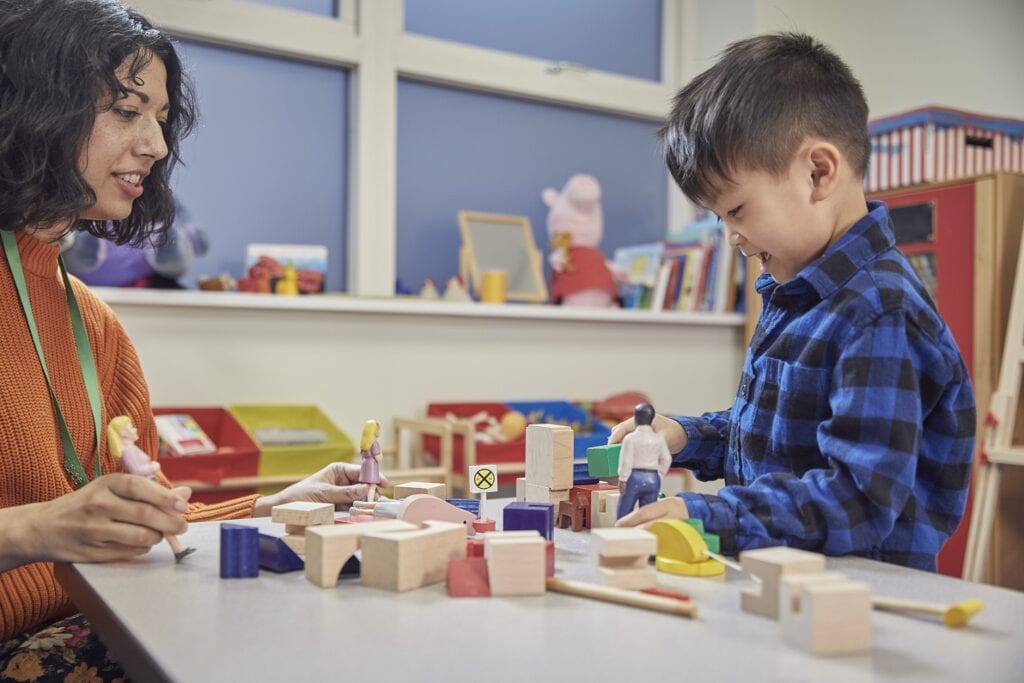
Reflecting on the children and young people she has worked with over the course of almost seven years, Emma says: “Shame is one of the biggest emotions we help children and young people to overcome, but also vulnerability, embarrassment, anxiety and anger.
“Parents and carers might comment that their child is very aggressive and angry, but when you start to unpick it, it is actually hurt, disappointment and upset.
“Whilst some children display a lot of emotion, others are completely withdrawn and dissociating. You would look at them and think that everything was fine. They nod and smile and present like there is nothing about the world that frightens them.
“It’s only by developing a trusting relationship with children over time that you can start to understand and discover that there is an awful lot more going on for that young person.”
Practitioners work with children aged between 4 and 17 in weekly sessions for up to a year, but it can be longer depending on the child’s needs.
Opening up about how the therapeutic sessions run both remotely and at the children’s charity’s Prestatyn base, Emma says: “Often children don’t have the words to express how they are feeling or what has happened to them. Sometimes they have been shut off from their emotions for such a long time because they are trying to self-preserve and they haven’t been able to address their trauma.
“We can help by teaching them more effective coping strategies to help them develop a healthy sense of self and a feeling of well-being. We use toys, sand trays, puppets and creative arts to enable children to express how they are feeling, and at the moment because of the pandemic we have an individual resource pack for each child.”
The north Wales coastline and woodland provides an effective setting for some of the team’s remote work, with sessions often taking place outside.
“Sometimes we hold sessions at the beach, using the natural environment to help children recognise their strengths and identify support networks,” says Emma.
“The pebble or shell they might choose to represent themselves during a session is always very telling, sometimes it will be a very small and seemingly insignificant pebble, other times it will be a strong and dominating pebble or shell.”
The life-changing work has not stopped during the pandemic and it is anticipated the need for the service will grow as disclosures are made following extensive periods at home for many children and young people.
“For me, one of the most worrying things is that lots of people still think that being at home is safe,” says Emma.
“We are hearing this a lot around the pandemic – stay home and stay safe. Unfortunately staying home for some children doesn’t mean staying safe. We need to be looking at the emotional wellbeing of children and young people in our communities because we all have a responsibility to keep children safe.”
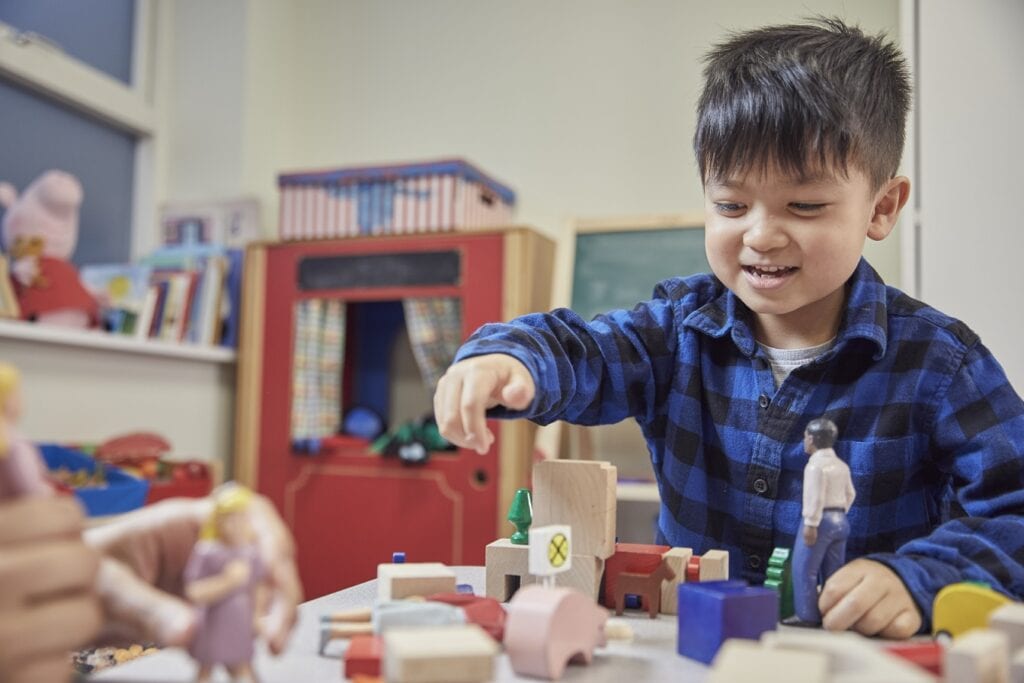
Even before the pandemic, research in the UK evidenced that one in 20 young people has been forced or persuaded to take part in sexual activities, often by someone they know. Sometimes children won’t understand that what’s happened to them is sexual abuse. It isn’t always physical – it happens online too – and children may not realise it is wrong.
Police in Wales logged more than 2,600 online child sex offences in Wales since it became mandatory for forces to record a ‘cyber flag’ in 2015 – whether a crime involved the internet.
The programme is tailored to the needs of each individual child, and during the pandemic workers are adapting not only the way in which they offer the service, but also to meet additional concerns children are now having.
“You can never make presumptions with this kind of work because every child is different and you don’t know what their experience is,” says Emma.
“We are seeing the impact that COVID-19 is having on children and it is a concern that there are children and young people spending a significant period of time at home without external distractions or coping strategies.
“There’s so much to consider during lockdown, but it’s important we keep that contact. Children are having additional worries on top of everything else they are going through and it’s been particularly difficult for children who experience anxiety or find it difficult maintaining appropriate relationships.”
Where colleagues have been working with a young person before lockdown, a blended approach incorporating virtual working has worked well.
“It needs to be a safe and consistent space because we are asking them to explore some of the most sensitive issues and difficult feelings so it has to be a place that they feel comfortable,” adds Emma.
“We also work with carers, who are likely to be dealing with their own trauma as a direct result of the abuse. They need to be emotionally strong and resilient to support the child with their emotional recovery, and we help them to do that.”
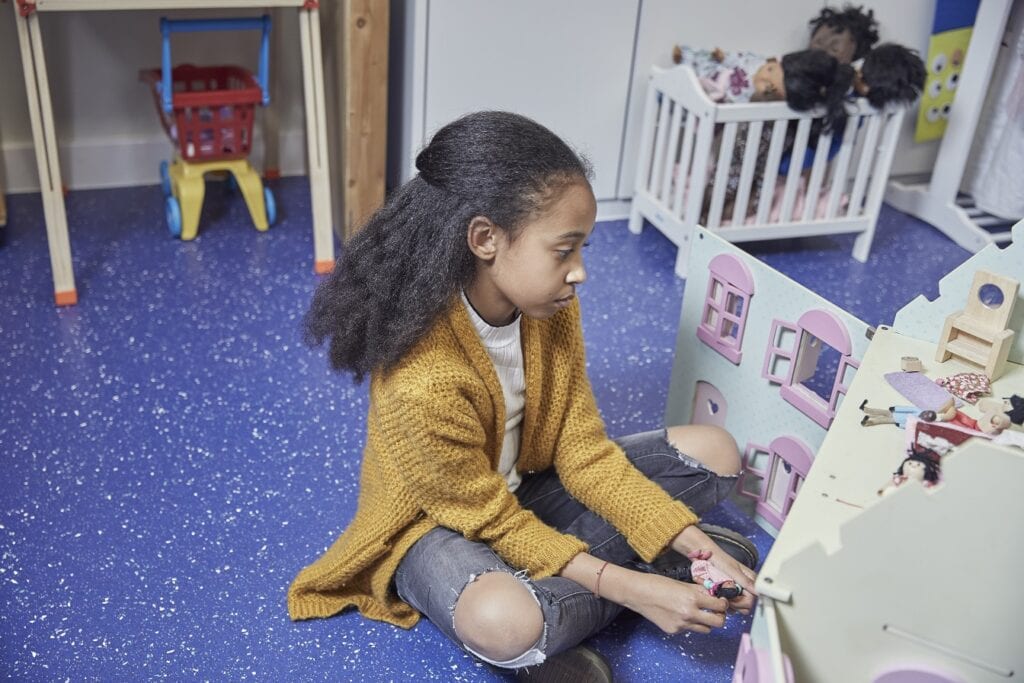
The age the abuse happened can impact a child’s developmental age and their emotions, so although a child might be 9 or 10 their behaviour might be that of a much younger child.
Emma says: “It is recognised that trauma is perhaps the most avoided, misunderstood and untreated cause of human suffering. Children and young people become skilled at masking their vulnerabilities and rely on safe adults to help them understand and process their emotions to break the trauma cycle.
“I remember working with a young person who was emotionally ‘stuck’ and when they were frightened they would revert back to behaving like a young child again. This form of regression is common and the child was displaying negative behaviours, which was actually their way of communicating that they needed help.
“It was a completely normal response, and over time the young person came to understand that and we worked together for weeks exploring possible sounds, sights, feelings, smells and thoughts that might be a sensory trigger to their regression and practised different coping strategies.
“This was really important as they moved into adulthood. Their confidence was greater and their anxiety was less. The carers reported seeing a positive change in their behaviours particularly in social situations.”
Emma adds: “The children we work with are so vulnerable, but so resilient at the same time. “I’m really humbled because there aren’t many jobs where children and young people share their deepest darkest thoughts with you. That is just a real privilege I think.”
Children can be referred to the Letting the Future In programme via professionals as well as the Sexual Assault Referral Centre (SARC).
Emma says: “As we become a society that’s more aware, we are exposing this type of abuse so that it isn’t brushed under the carpet. We are trying to educate people and it is beneficial because more abuse is being reported and more children can get help. That’s positive because I don’t for a moment think that it wouldn’t be happening – it would be happening behind closed doors.”
For more information about the Letting the Future In programme in North Wales contact northwales@nspcc.org.uk or 01745 772100.
Anyone concerned about a child can contact the NSPCC Helpline for advice on 0808 800 5000. Adult victims of non-recent sexual abuse can also get in touch for support.
Childline is available for young people on 0800 1111 or at www.childline.org.uk.


|
| Help keep news FREE for our readersSupporting your local community newspaper/online news outlet is crucial now more than ever. If you believe in independent journalism,then consider making a valuable contribution by making a one-time or monthly donation. We operate in rural areas where providing unbiased news can be challenging. |












